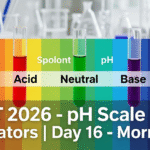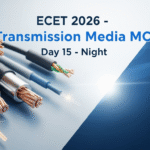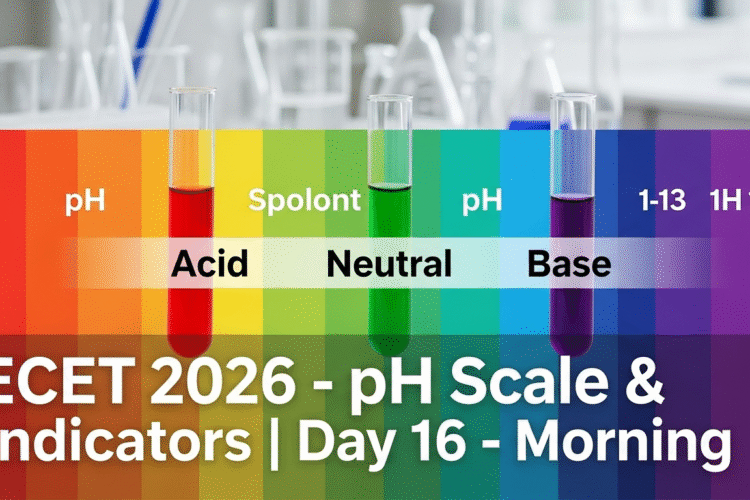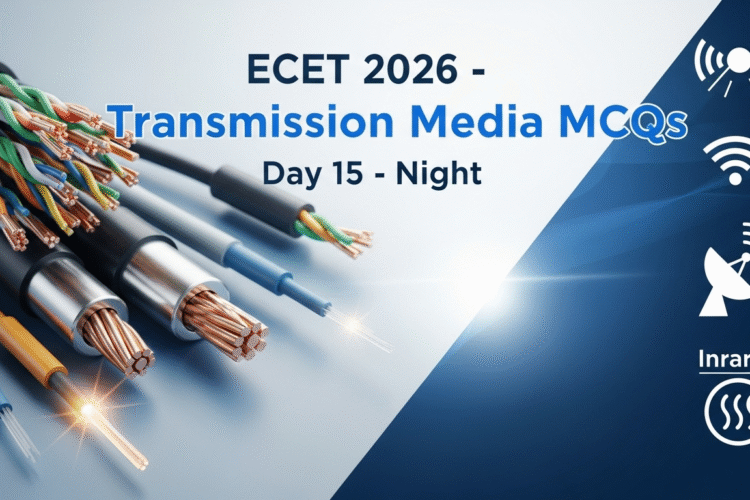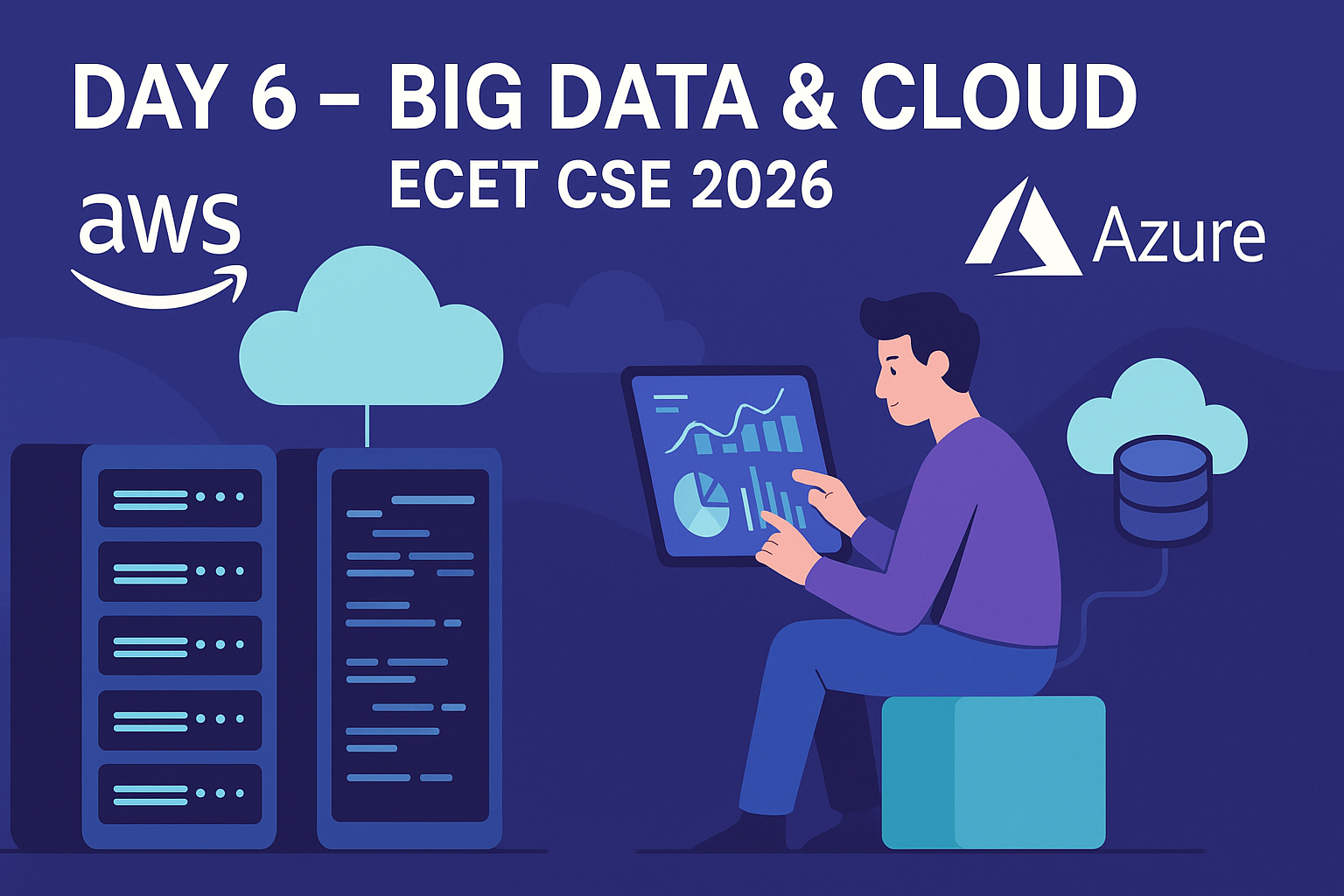
Concept Notes: Big Data & Cloud Computing
🔹 1. What is Big Data?
Big Data refers to extremely large datasets that traditional software can’t process efficiently.
These datasets come from:
- Social media (Twitter, YouTube, Instagram)
- Sensors, IoT devices
- E-commerce, transactions, logs
🔹 2. 5 Vs of Big Data
| V | Meaning | Example |
|---|---|---|
| 1 | Volume | Petabytes of YouTube videos |
| 2 | Velocity | Live data from stock exchanges |
| 3 | Variety | Text, image, audio, video |
| 4 | Veracity | Accuracy & trust in data |
| 5 | Value | Meaningful insights from data |
🧠 Big Data isn’t just about size – it’s about making sense of complex and fast-changing data.
🔹 3. Tools Used in Big Data
- Hadoop – Open-source framework for storing & processing large data
- Spark – Real-time data processing engine
- MongoDB / Cassandra – NoSQL databases
🔹 4. What is Cloud Computing?
Cloud computing is the delivery of computing services like storage, servers, databases, and software over the Internet (cloud).
No need to own physical hardware.
You pay-as-you-go, scale instantly, and access from anywhere.
🔹 5. Types of Cloud Models
| Type | Description | Example |
|---|---|---|
| IaaS | Infrastructure as a Service – virtual machines, storage | AWS EC2, Google Compute Engine |
| PaaS | Platform as a Service – for developers | Google App Engine, Heroku |
| SaaS | Software as a Service – ready-to-use apps | Gmail, Google Docs, Zoom |
🔹 6. Types of Cloud Deployment
| Type | Description |
|---|---|
| Public | Cloud is available to many users |
| Private | Used internally by one company/org |
| Hybrid | Mix of both public and private |
🔹 7. Real-Life Use Cases
📦 Big Data Examples
- Netflix: Suggests shows based on your watch history
- Amazon: Recommends products using previous search/purchase data
- Hospitals: Analyze patient records in real time
☁️ Cloud Computing Examples
- Google Drive: Stores your files in cloud
- Facebook: Uses cloud to store & deliver media
- Startups: Host websites/apps on AWS or Azure
🔹 8. Big Data vs Cloud Computing
| Feature | Big Data | Cloud Computing |
|---|---|---|
| Focus | Data processing and analysis | Service delivery over internet |
| Tools Used | Hadoop, Spark, Kafka | AWS, Azure, Google Cloud |
| Example | Analyzing Twitter trends | Hosting a mobile app |
🔹 9. Why ECET/TSECET Asks This?
✅ High-demand skill for modern jobs
✅ Forms part of Semester 5 subject
✅ Useful in real-time projects & app dev
🔹 10. Short Terms to Remember
- Elasticity: Scale up/down based on need
- Data Lake: Storage of raw data
- Virtualization: Running multiple OS on one machine
- Latency: Delay in transferring data
🧠 10 MCQs – Big Data & Cloud Basics
1️⃣ Which one is not part of the 5 Vs of Big Data?
A) Volume
B) Value
C) Variety
D) Voltage
2️⃣ Which tool is commonly used for Big Data processing?
A) Oracle
B) Hadoop
C) MS Word
D) Excel
3️⃣ What type of service is Gmail considered as?
A) IaaS
B) SaaS
C) PaaS
D) DaaS
4️⃣ What does IaaS provide?
A) Ready-made apps
B) Virtual infrastructure
C) Only storage
D) Only security
5️⃣ AWS and Azure are examples of:
A) Private Clouds
B) Hybrid Clouds
C) Public Cloud Providers
D) PaaS only
6️⃣ Spark is faster than Hadoop because:
A) It uses Excel
B) It processes data in real-time
C) It stores data in CD
D) It has GUI
7️⃣ Big Data includes which kind of data?
A) Structured
B) Unstructured
C) Semi-structured
D) All of the above
8️⃣ Cloud computing helps reduce:
A) Server cost
B) Security
C) Battery usage
D) Cable size
9️⃣ Which term refers to storing raw data before analysis?
A) Data Swamp
B) Data Lake
C) Data Warehouse
D) Data Tube
🔟 Which one is a NoSQL database?
A) Oracle
B) MySQL
C) MongoDB
D) MS Access
✅ Answer Key
| Q.No | Answer |
|---|---|
| 1 | D |
| 2 | B |
| 3 | B |
| 4 | B |
| 5 | C |
| 6 | B |
| 7 | D |
| 8 | A |
| 9 | B |
| 10 | C |
📖 Explanations
- Q1: Voltage is not part of the 5 Vs of Big Data.
- Q2: Hadoop is open-source framework for Big Data.
- Q3: Gmail is a SaaS (ready-to-use software).
- Q4: IaaS gives virtual machines & storage.
- Q5: AWS/Azure = Public Cloud Providers.
- Q6: Spark is faster because of in-memory processing.
- Q7: Big Data = all types of data formats.
- Q8: Cloud = no hardware = low server cost.
- Q9: Raw data is stored in Data Lakes.
- Q10: MongoDB is a NoSQL (document-based) DB.
📥 Download PDF Notes
📝 Notes + MCQs + Explanations in PDF Format available at
👉 @learnnewthingsoffcial
💬 Comment Task
💬 Which cloud platform are you most interested in learning – AWS, Azure, or Google Cloud? Tell us in comments and we’ll make tutorials for it!
![]()
